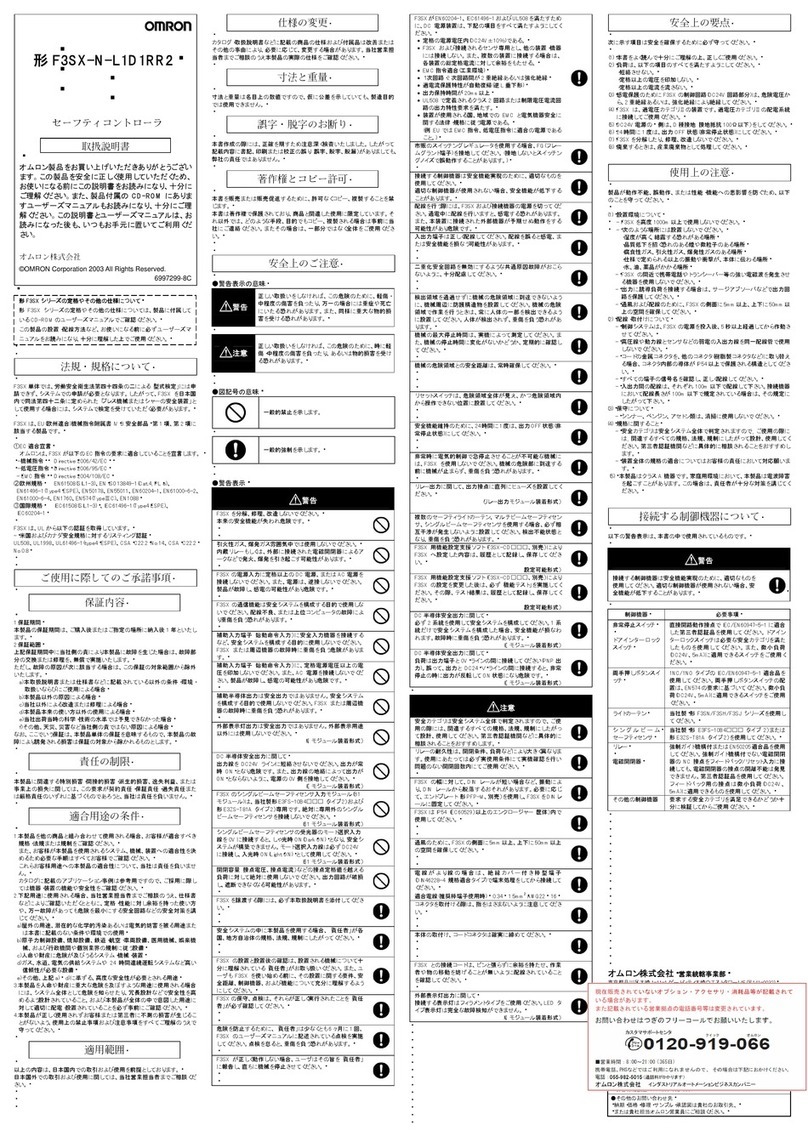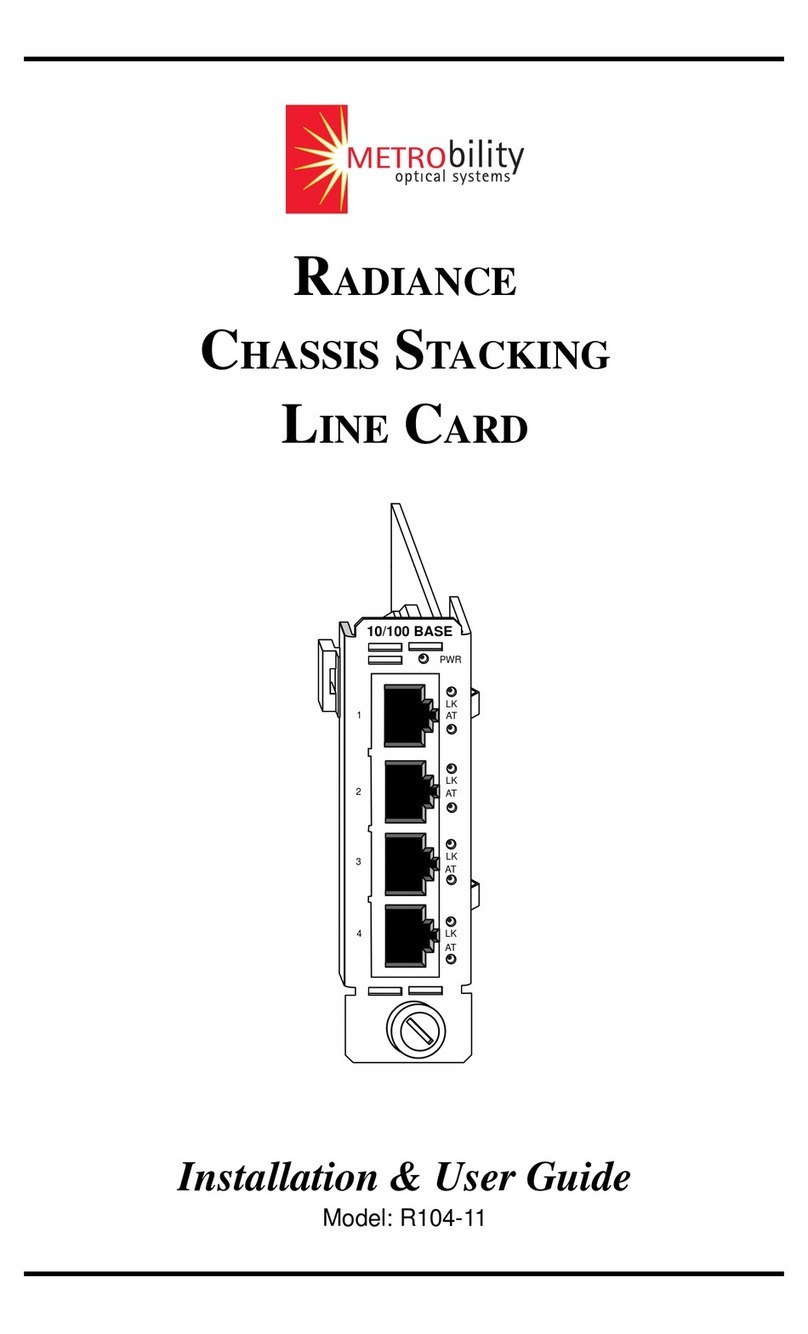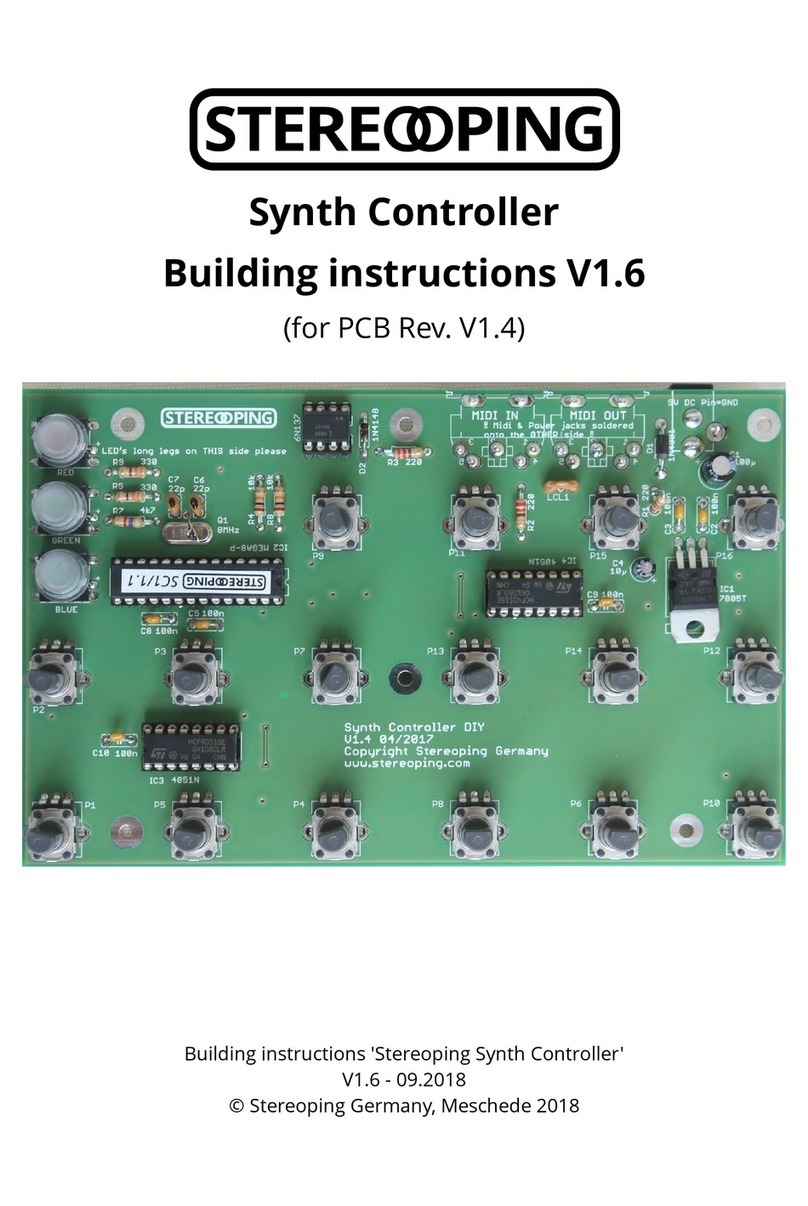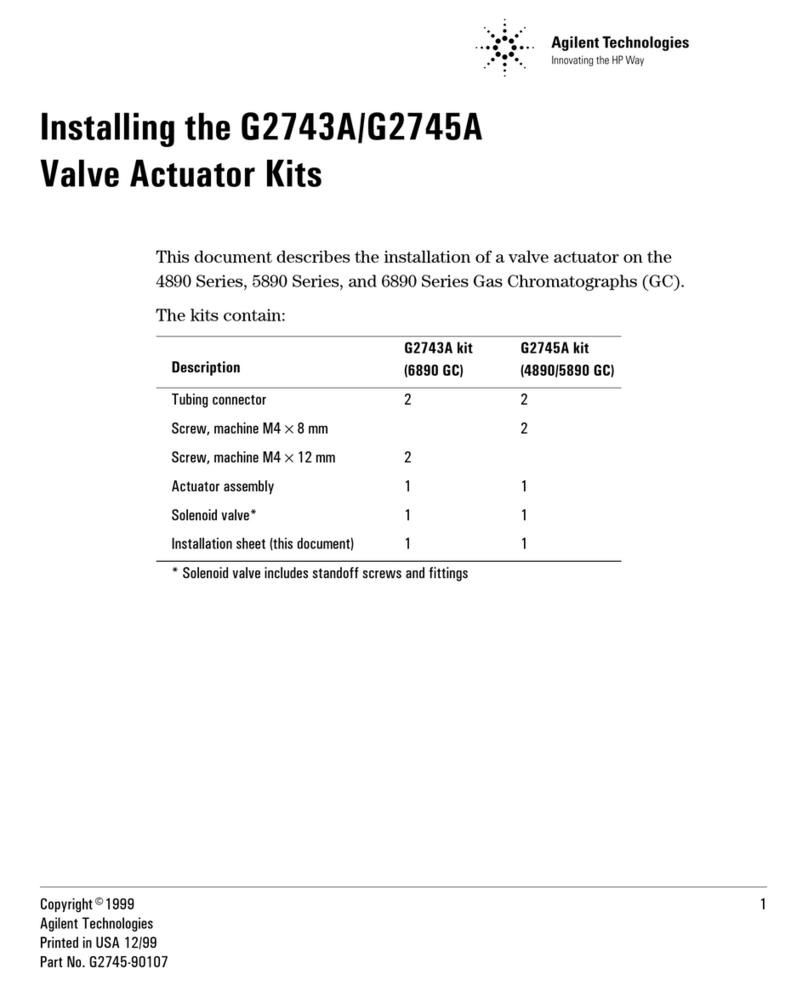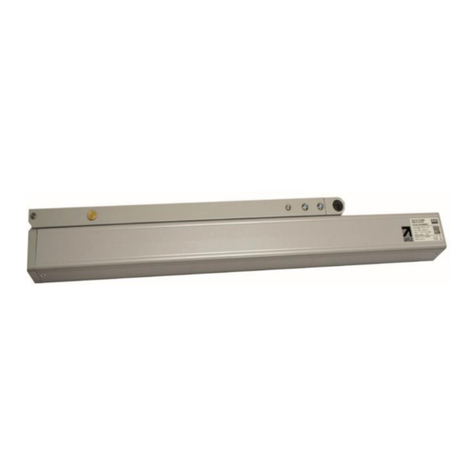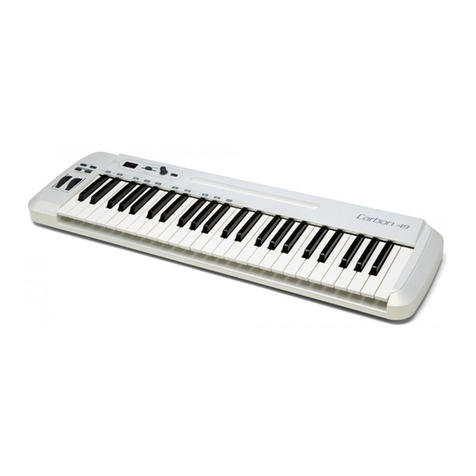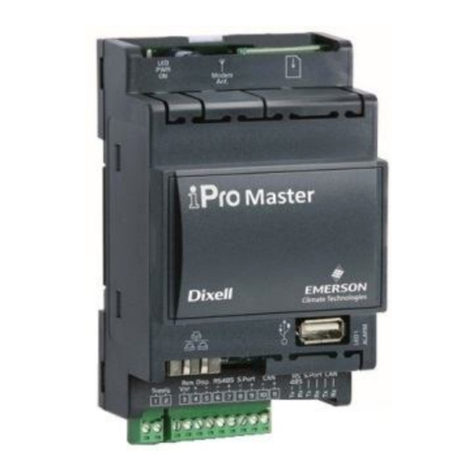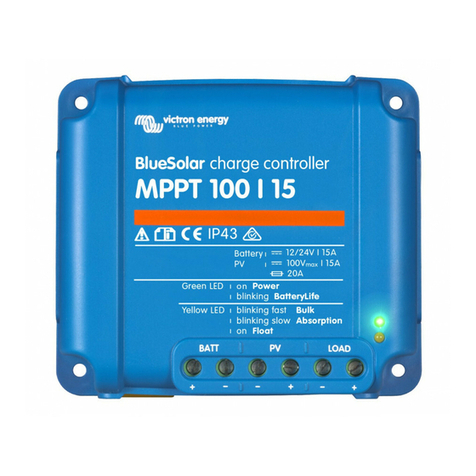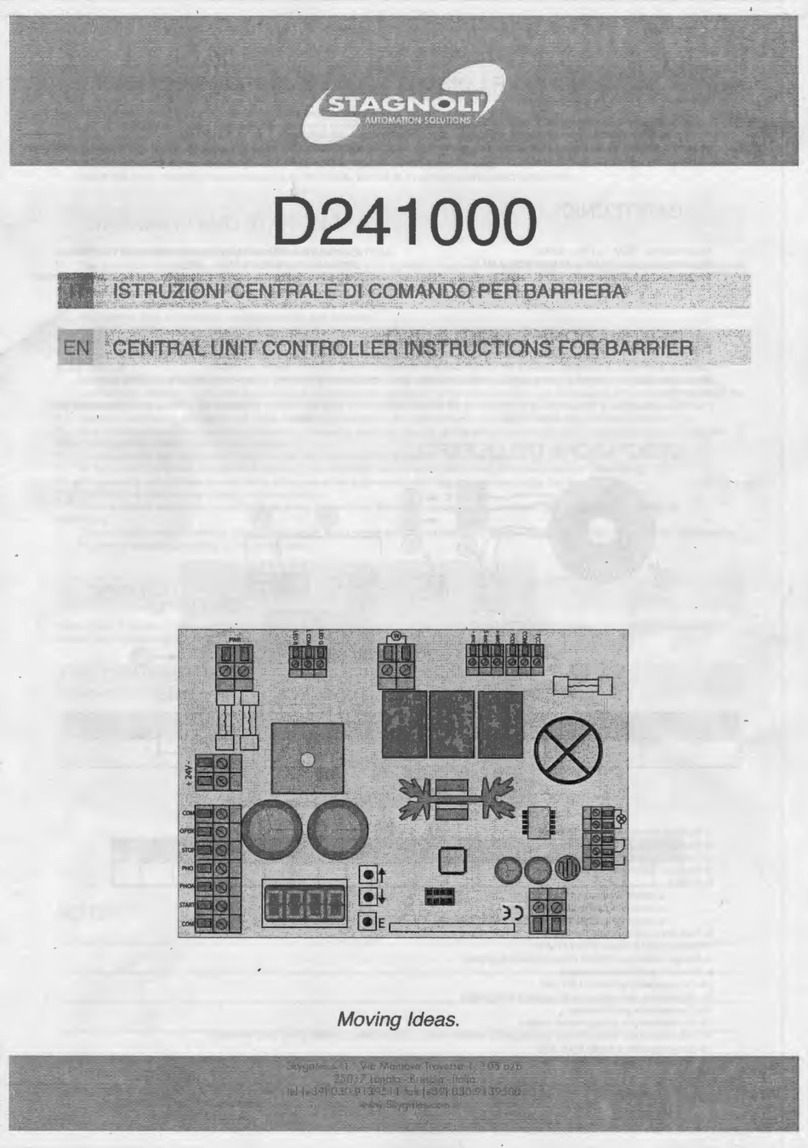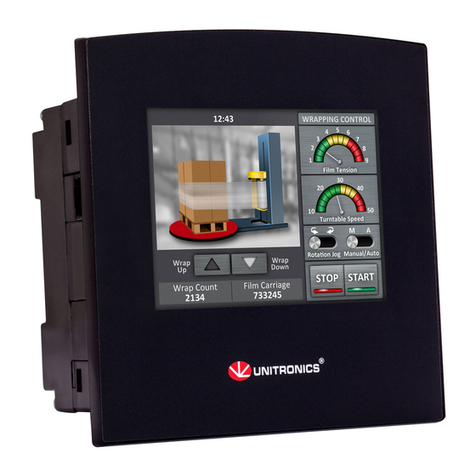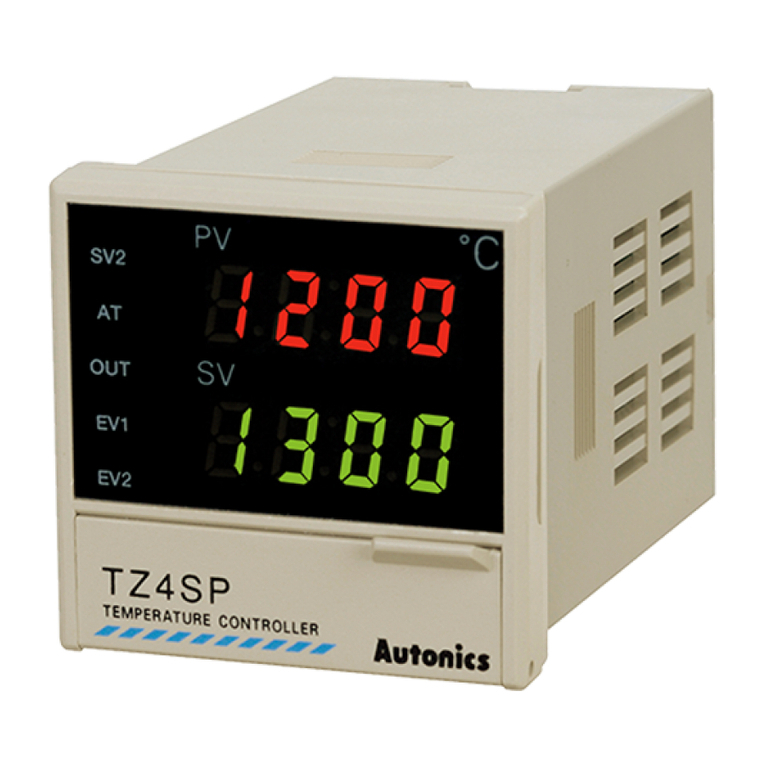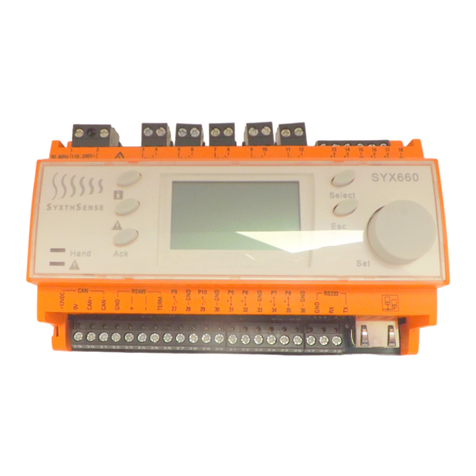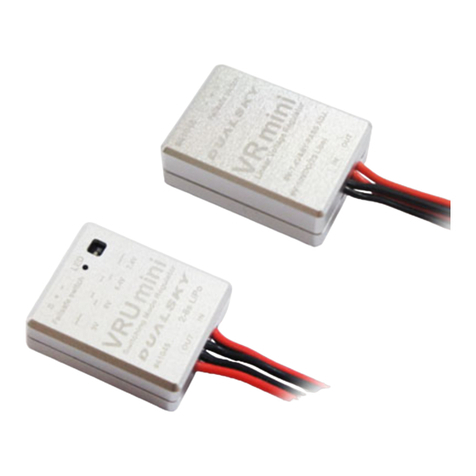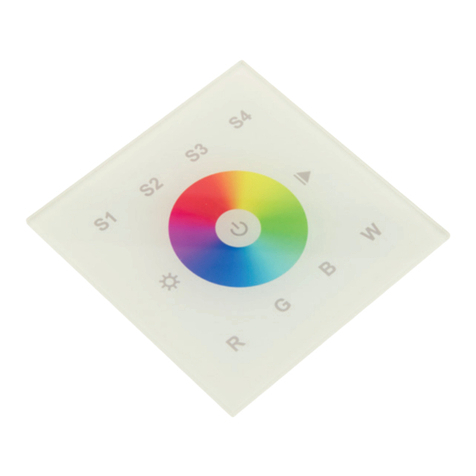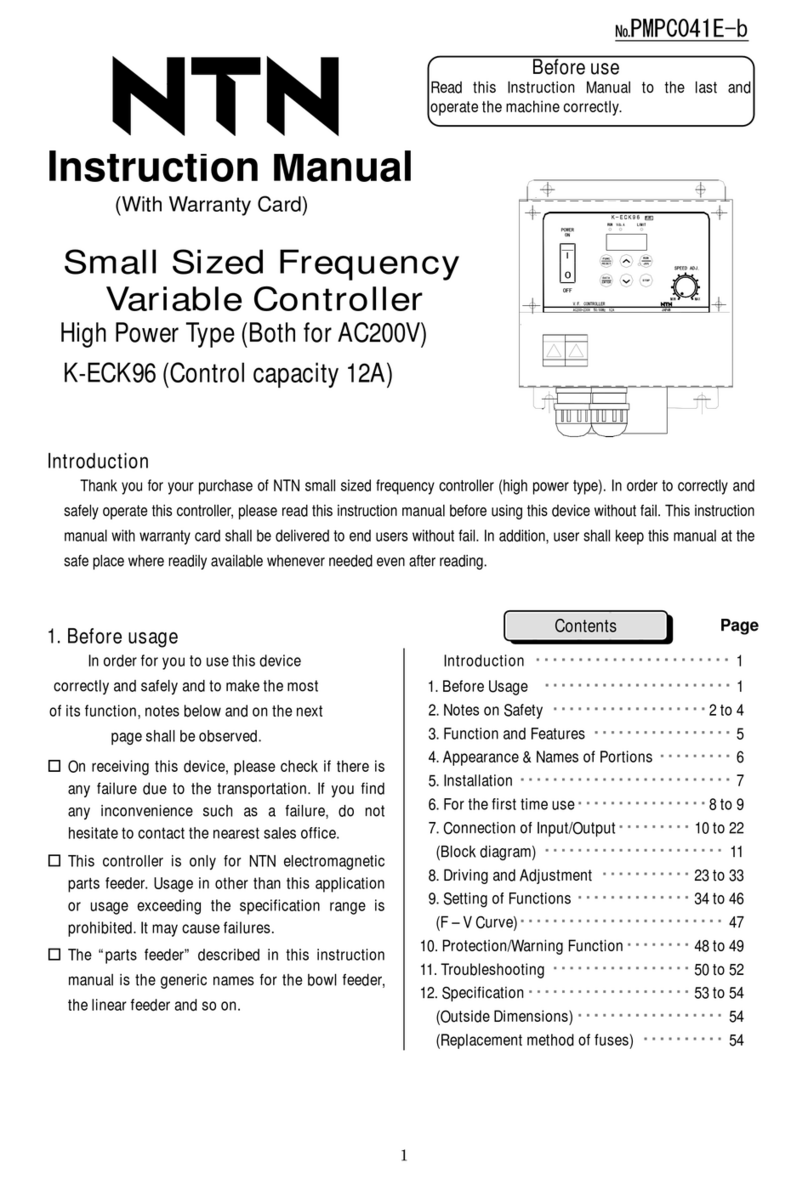
power returns, the control sbould then operate in e normal
manner (except without the time delay). If this happens,
check the relay.
NOTE: The start time delay cannot b tested in lf,is manner.
Whan if is linclsM in tha circait, ff,e slarf-sbp rcIay is
elininated and tho tine delay contacts qntrol lhe plant
directly.
RELAY REPAIR
Except for the transferswitch and transferswitch pilot-relay,
Onan does not recommendrepairing relays. If defective,
replace them. However, relays with dirty contacts can be
cleaned with hard paper or gauze tape soaked in carbon
tetrachloride. U contacts are pitted, replace the relay.
TRANSFER
SWITCH
REPAIR
All transferswitches have replaceable
contacts and coils.
CAUTION: Do not touch the tl.rlnsler
svitch unless notmal
Iine pover is o|f. Se/ lle Operation Se/ector Sc/irdr (what
used) to STOP position or disqnnect statin! batteies
Transler srvircJr
coils are ratedaccordingto voltage. Coils
used at rated voltage (stamped
on coil) should last indefi-
nitely. If magnet
does not close freely (as whendirty) the
coil overheats
and could
burn
up (coils can also burn
from
excessively high or low voltages). To remove
coils see
Table
3.
TABLE
3. COILREMOVAL
Contacls neverrequirecleaning
(or refacing)
for the life of
the equipment. Dis-colored
silver contactsoperate
effi-
ciently. Filing thecontact
facesdestroys
their matingsur-
face.
If contact
points
become
badlyburned
or
pitted,
replace
themas follows:
1. Remove
plastic
hood.
2. Removespringand
washer
frorn
each
contact
guide
post.
3. Lift contactsfrom guidepost. Curvedsilver contact
surfaces
face
inward.
4. Takeout stationary
contacts
by removing
screws
holding
themto
the
transferswitch
olastic
bodv.
Tronslcr SwitchHur: Whena Imd is connected
to the normal
povet source, the switch may be mechanically held which
eliminates hum. When
the transfer switch connects the load
to the (eneratin( plant, the switch is electrically hetd and a
hum condition can occut. Hummay occur in ncchanically-
held switches because of incorrect adjustment of the coil-
disconnect micro-switch. To minimize contact hum,magnet
sealing faces were ground and polished (some switches
include shading coils). Ercessive hum can be caused by
dirt between the magnet sealing faces. Clean them with
cerbon tetrachloride. Use mediunrfine grade emery paper
on ntsted sealing faces. Removeall traces of emergydust.
At some titne, the transfer switch lineside latching mech-
anism may require adjustment. Transfer switch chattering
can be caused by a latching mechanismthat does not lock
the contactsclosed which causesthe mechanism
to pickup
and
drcp
out repeatedly.
Transfer switches featuring mechanically held line con-
tacts or electrically held getterator contacts, operate as
follows:
The line contacts are closed and locked in the following
manner
(see Fig.22). The lineside main coil pulls the
contacts closed. While the contacts ane closing, the
mechanicallatch engages
the contact control md and locks
thecontacts
closcri. At the
sametime,
an
arm
on themech-
anical latch actuates
the coil disconnectswitch (micro-
switch)
which
opens
the
main
coil circuit. The line
contacts
are now closed
and lcnked
in place and power
is removed
from
the main
coil simultaneously.Removal
of power
fmm
the ma-rn
coil eliminates
anyelectrical
noise
(hum)
fromthe
transfer switch. To open the line contacts,
the latching
coiI must be energized which disconnects the latching
mechanism
allowingthe
linc
contacts
to
open.
The latching mechanismand the coil disconnect
switch
mustbe adfusted
to openthe main
circuit just as the con-
tacts reachthe closed
position. tf the maincoil circuit
is not
broken,
hummayresult. tf thecoil disconnect
switch
opens the coil circuit before
the contacts are seated,the
contacts will chatter. Each transferswitch has several
electrical interlock switches (see
Fig. 21) which are oper-
ated
by the mechanicalmovements
of the line and
generator
contact
control
rods.
ADJUSTING
MECHANICALLYHELDSWITCHES
To adjust the latching mechanism
for positive locking,
loosen
the
locking
screws
whichsecure
thelatching
brackets.
Adjust
the bracket
for l,/16" clearancebetween
the latching
lever and the contact operating rod when the main coil
armature
is fully seated(Fig. 20). On units with roll pins
locking
the latching
coil, remove
the noll
pins to makethe
adjustment. After the adjustment
is complete,
drill new
holesand
installnew
roll
pins.
MECHANICALLY HELD S}VITCH 2OG'4OO
A1.IP
(FIG. 22)
l. llisconnect coil lead wlres.
2. Remove cap screws (4) mountlng thc coll and stationary
magnet assembly to the cas
e.
3. Pull out assembly
4. Remove coil from magnet assembly.
MECHANICALLY HELO SWITCH IOOAMP (FIG. 2I)
l. Disconnect the coil lead wires.
2. Snap off the hairpln-shaped retainlng clips holding the
control rod and slide out the control rod.
3. Slide out the stationar/ armature
and coll assembly.
4. Remove the coil from the stationary armature.
t7




















